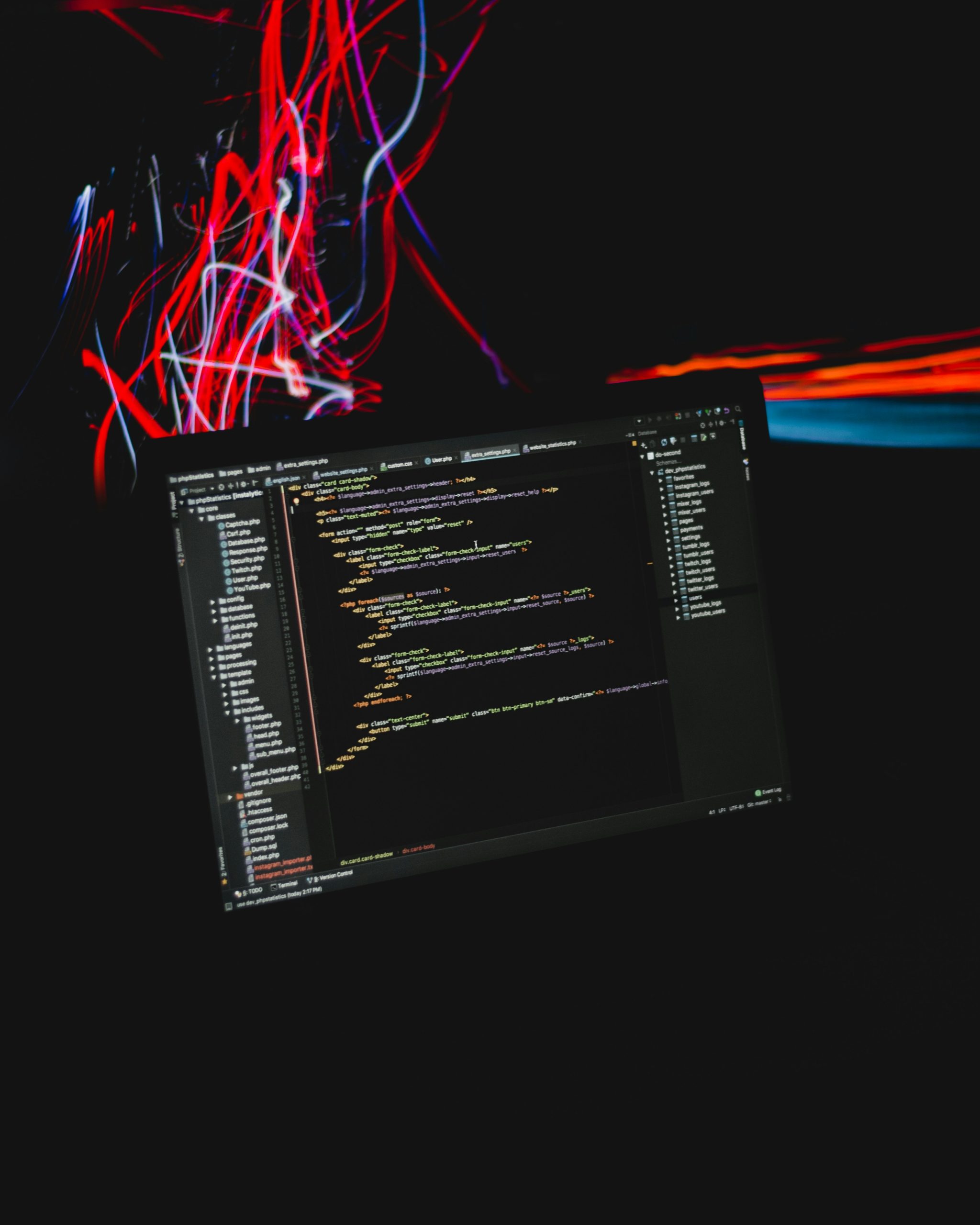Iron Summary
Trojan Horse attacks may feel like relics of early computing, but they’re more dangerous than ever. With remote work blurring the line between personal and corporate devices, cybercriminals are seizing every opportunity. A Trojan slips in disguised as something ordinary (an email attachment, a trusted file, or even a fake app) and then quietly unleashes chaos.
To defend against this, companies must understand the phases of a Trojan Horse attack: from design and infiltration to discovery and removal. By recognizing how these attacks unfold, businesses can train employees, strengthen response plans, and avoid devastating downtime.
What makes a Trojan Horse dangerous?
Unlike a virus, a Trojan can’t replicate itself. Instead, it relies on deception. A user has to install or open the malicious file, thinking it’s something safe. Once inside, it can steal data, disable protections, or spread across the network.
The name comes from Greek mythology: a seemingly harmless gift that concealed an army inside. Today’s Trojans work the same way: hidden in files, apps, or attachments until the moment they’re triggered.
The 7 phases of a Trojan Horse attack
1. Design
Every Trojan begins with careful design. It disguises itself as something harmless, using misleading file names, trusted extensions, or promises of useful tools. The goal is to pass undetected until a user activates it.
Defense tip: Regular employee training on spotting suspicious files is the first line of defense.
2. Infiltration
Once downloaded, the Trojan lurks. It could come through a malicious email, a poisoned website, or a seemingly legitimate program. Something as simple as opening a “password-protected” file can invite it in.
3. Execution
When the file runs, so does the malicious code. Sometimes there are no visible signs. The Trojan might silently capture keystrokes, harvest passwords, or open a backdoor for future attacks.
4. Infestation
The most dangerous Trojans spread across networks. They jump from device to device without requiring further clicks, seeking new targets and amplifying damage.
5. Discovery
Eventually, security tools or IT staff detect unusual activity. The sooner this happens, the better. Early detection minimizes disruption; late discovery can lead to extended outages and costly recovery.
Important note: Employees should not be punished for accidental downloads. Without training and clear protocols, even tech-savvy users can be deceived.
6. Removal
Once identified, IT must isolate and remove the malware. Trojans often create hidden copies of themselves, making complete removal tricky. In severe cases, shutting down infrastructure is the only way to stop the spread.
Best practice: Have a tested incident response plan. Regular backups make recovery faster and less painful.
7. Recovery
With the malware removed, systems can be restored from clean backups. Even so, full recovery is challenging after a severe attack. Prevention and preparation remain the most cost-effective strategies.
How to protect against Trojans
Do:
- Use an internet security suite and run scans regularly
- Keep operating systems updated to patch vulnerabilities
- Create strong, unique passwords for every account
- Use firewalls to block unauthorized access
- Back up files consistently
Don’t:
- Open suspicious email attachments
- Visit unsafe websites
- Click on pop-up ads
If you do fall victim to a Trojan, don’t panic. Run diagnostic and full-system scans, remove malicious files, and restore from clean backups. With preparation, you can recover quickly and reduce risk going forward.
The Takeaway
Trojan Horse attacks succeed through deception, not brute force. By understanding their phases, companies can anticipate how they unfold and train employees to recognize early warning signs.
A single click can invite a Trojan inside. It’s preparation, awareness, and response planning that keep organizations safe.
Strategic Reflections
- What steps do I take to verify a file’s legitimacy before trusting it?
- Do we have a tested incident response plan that includes malware recovery?
- What habits in my daily device use might unknowingly invite malware into my system?
